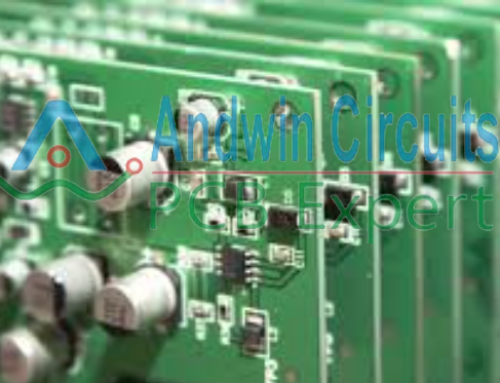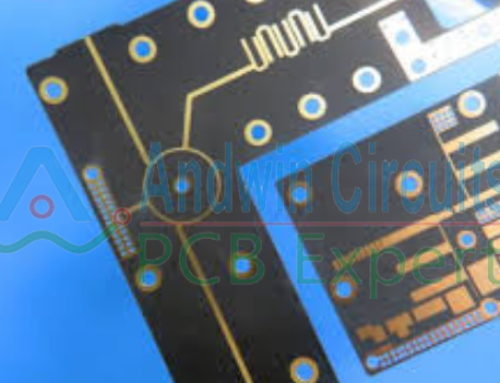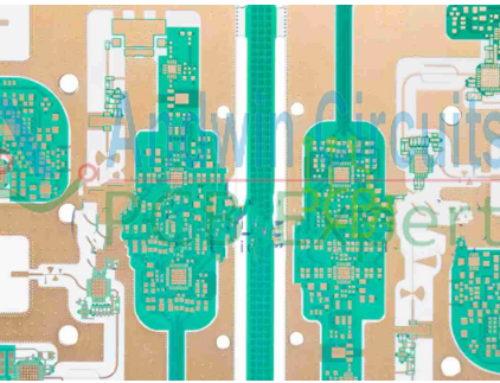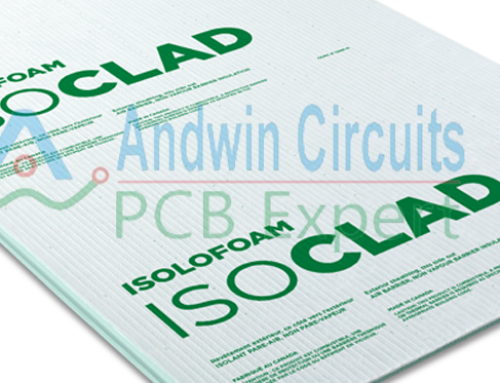What is flex pcb gold fingers?
Flex PCB gold fingers are the exposed edge connectors on a flexible printed circuit board that are plated with gold to provide a reliable and corrosion-resistant electrical connection.
Gold is used for plating the fingers because it is an excellent conductor of electricity and is resistant to tarnishing and corrosion.
Flex PCB gold fingers are used in applications where the board needs to be connected to other devices or components,
such as in mobile phones, laptops, and other electronic devices.
The gold plating on the fingers ensures a reliable and low-resistance connection,
even after repeated use and exposure to environmental factors such as humidity and temperature changes.
The gold plating on flex PCB gold fingers can be either hard gold or soft gold.
Hard gold plating is more durable and is used in applications where the board will be frequently connected and disconnected.
Soft gold plating is more malleable and is used in applications where the board will be permanently connected to other devices or components.
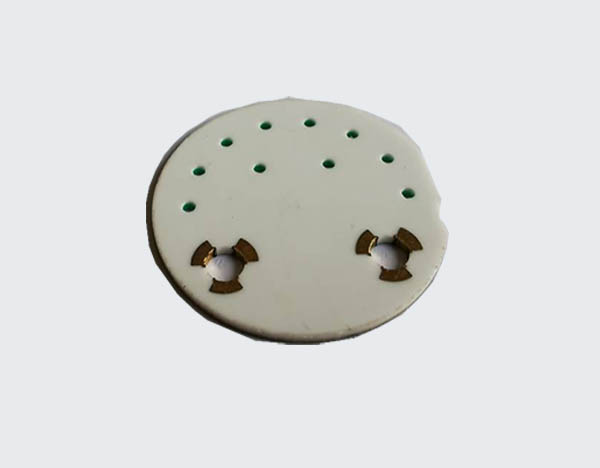
the role of flex pcb gold fingers
Flex PCB gold fingers are used for connecting a flexible printed circuit board (PCB) to a rigid PCB or other electronic components.
Gold fingers are essentially a row of gold-plated contacts on the edge of a PCB that are designed to make contact with a connector or other electronic component.
The role of flex PCB gold fingers is to provide a reliable and durable connection between the flexible PCB and other electronic components.
Gold is used for the plating of these fingers because it is a highly conductive material that is resistant to corrosion and oxidation.
This ensures that the connection remains stable and reliable over time, even in harsh environments.
Flex PCB gold fingers are commonly used in applications such as mobile devices, computer peripherals,
and medical devices, where space is limited and flexibility is required.
They are also used in high-speed data transfer applications, where the reliability of the connection is critical.
Overall, the role of flex PCB gold fingers is to provide a reliable and durable connection between a flexible PCB and other electronic components,
ensuring that the device functions properly and reliably over time.
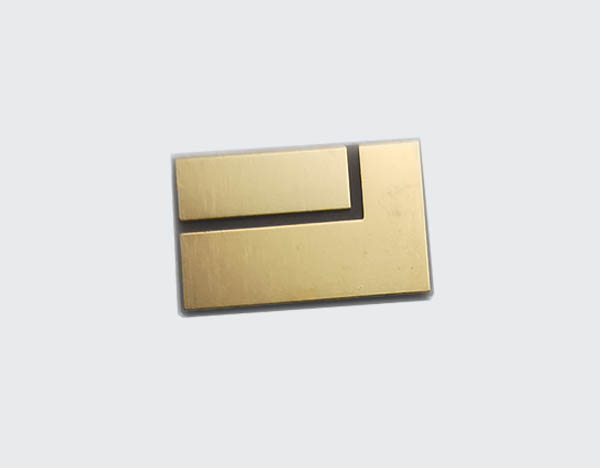
flex pcb strain gauge
A flex PCB strain gauge is a type of strain gauge that is designed to be mounted on a flexible printed circuit board (PCB).
The strain gauge is used to measure the strain or deformation of the PCB caused by external forces, such as bending or stretching.
The flex PCB strain gauge is made up of a thin, flexible substrate with a conductive material deposited on it.
When the PCB is subjected to strain, the resistance of the conductive material changes, allowing the strain to be measured.
Flex PCB strain gauges are commonly used in applications such as wearable devices, medical sensors, and industrial automation.
the role of flex pcb strain gauge
The role of a flex PCB strain gauge is to measure the amount of deformation or strain that a flexible printed circuit board undergoes when it is subjected to external forces.
The strain gauge is used to detect and measure the changes in resistance that occur as the PCB is bent, stretched,
or compressed. This information can be used to determine the amount of force or stress that is being applied to the PCB,
and can be used to monitor the performance of the PCB in real-time.
Flex PCB strain gauges are commonly used in a variety of applications, including medical sensors, wearable devices, and industrial automation.
In medical sensors, flex PCB strain gauges can be used to monitor the movement and deformation of the body,
allowing doctors and researchers to better understand how the body responds to different stimuli. In wearable devices,
flex PCB strain gauges can be used to monitor the movement and activity of the wearer,
providing valuable data for fitness and health tracking. In industrial automation,
flex PCB strain gauges can be used to monitor the performance of machines and equipment,
helping to identify potential problems before they become serious issues.

where is the flex pcb strain gauge used?
Flex PCB strain gauges are used in various applications where there is a need to measure strain or force on a surface that is not flat or rigid. Some common applications of flex PCB strain gauges include:
1. Medical devices:
Flex PCB strain gauges are used in medical devices such as prosthetics, orthotics,
and rehabilitation equipment to measure the strain or force exerted by the device on the patient’s body.
2. Aerospace:
In the aerospace industry, flex PCB strain gauges are used to measure the strain on aircraft wings, fuselage, and other components.
3. Automotive:
Flex PCB strain gauges are used in the automotive industry to measure the strain on various components such as suspension systems, steering systems, and engine components.
4. Robotics:
Flex PCB strain gauges are used in robotics to measure the force exerted by the robot on objects or surfaces.
5. Industrial applications:
Flex PCB strain gauges are used in various industrial applications such as load cells,
pressure sensors, and torque sensors to measure the strain or force on different surfaces.
Other PCB products, you may interesting










